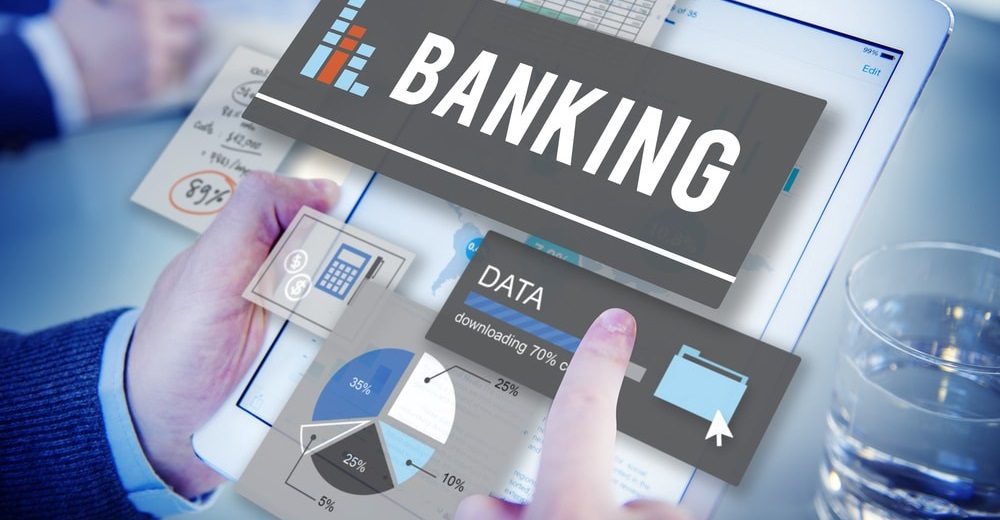
OneSpan recently spoke to Ron Shevlin, Managing Director of FinTech Research at Cornerstone Advisors, and Forbes contributor, for a podcast on trends in digital banking and FinTech. In this article OneSpan round up the top trends discussed in the interview, along with additional insights from OneSpan experts on how these trends impact banks and financial institutions today.
Trend 1: Neobanks and FinTechs: Consumers aren’t looking for a new bank, they’re looking to accessorize
Consumers are looking to ‘accessorize’ their main account with digital-only providers who offer features their main account might not offer.
Ron explained that these additional features or capabilities could be personal financial management tools, higher interest rates on deposits, or better rates for loans. Consumers looking for these capabilities are looking to supplement their existing accounts with additional products. Ron calls this ‘accessorizing the checking account’. Challenger banks such as N26, Monzo, Revolut, Starling Bank in the UK, and Chime in the US, have all gained traction because they bring new capabilities to the table.
Ron: “We used to go out on a Friday and Saturday night, and we accessorized what we wore with jewelry and other things like that. And I think there’s a real parallel here in the financial services world where consumers are accessorizing their main checking account with other products from digital-only banks and providers, neobanks or other FinTech companies, specifically for the individual features that those neobanks or FinTechs bring to the table and not necessarily as replacements.”
To get an understanding of how this accessorizing trend impacts banks and other financial institutions, we asked Bryn Saunders, Senior Product Marketing Manager at OneSpan, to explain how the rise of challenger banks and neobanks affects incumbent financial institutions.
Bryn: “A few years ago, a lot of the discussion was about whether incumbent banks would be replaced. We can now see that although many consumers have opened accounts with challenger banks, many do not use them as their primary bank. In the US, just 11% of consumers consider a digital bank their primary institution. That said, incumbents should not rest on their laurels. Challenger banks are catching up, and not just as secondary accounts. Between January and December 2020, the three largest incumbent banks in America, Bank of America, JP Morgan Chase and Wells Fargo, lost nearly 7% of the total share of primary bank customers. This should be a wake-up call to incumbents that consumers and increasingly becoming comfortable with these new, user-friendly apps in their everyday lives.”
Read the full article to see the other trends:
Trend 2: Digitizing Account Opening: Overcoming account abandonment is all in the design
Trend 3: Bank Branches: Consumers don’t want a relationship with a machine, but they don’t want a relationship with bricks either
Trend 4: Embedded Finance: Most financial institutions are going to have to get really good at APIs…and stopping mobile attacks
Banking 4.0 – „how was the experience for you”
„To be honest I think that Sinaia, your conference, is much better then Davos.”
Many more interesting quotes in the video below: